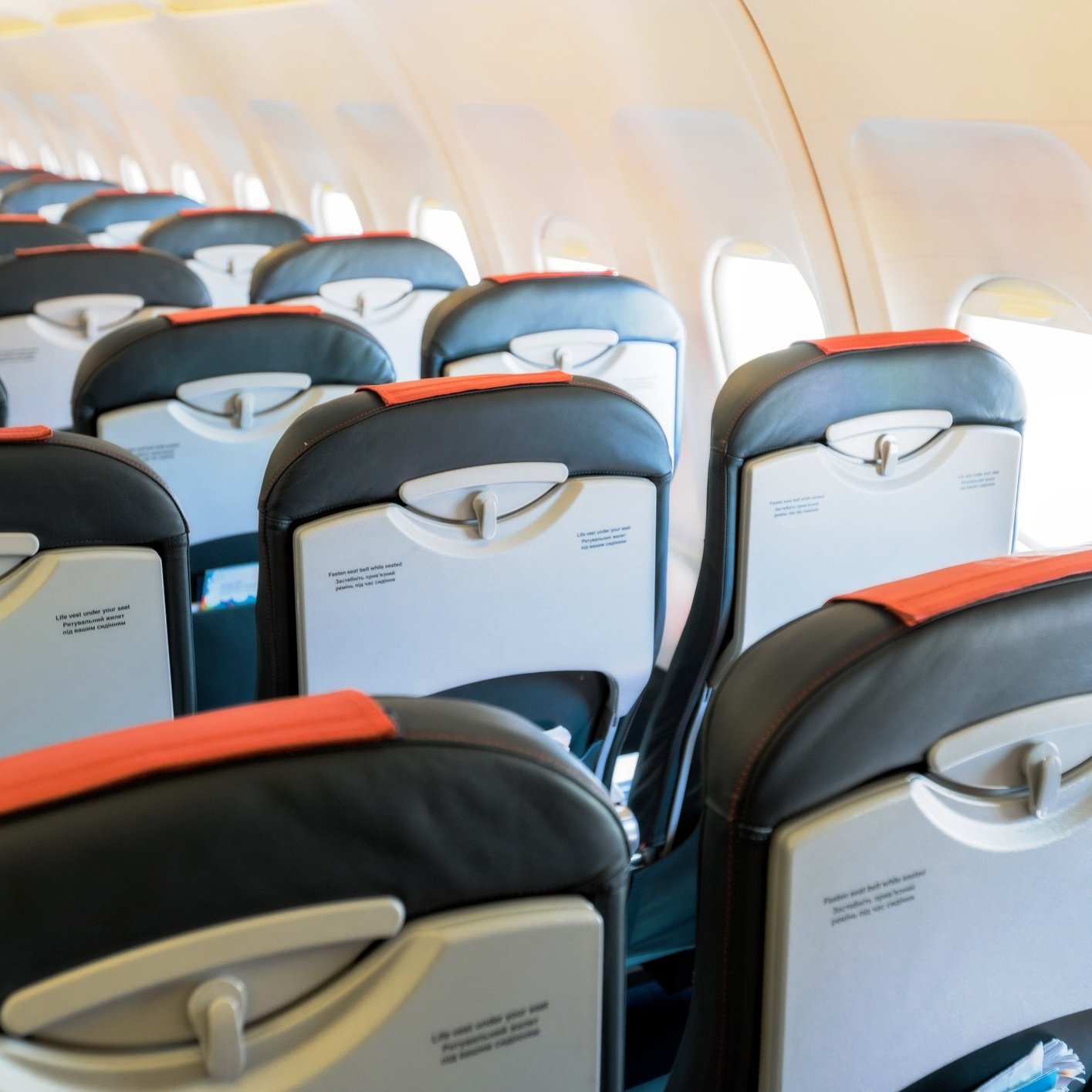Transportation
Airline Fees Add $82 Billion to 2017 Top Line

Published:
Last Updated:

While airfares have declined over the past seven years, those fees that airlines charge for better seats and other items more than make up for lower fares. The fees have proven so successful that travelers would be well-advised to expect more of them.
According to the U.S. Bureau of Transportation Statistics, the average cost of an airline ticket in the United States, adjusted for inflation, in the second quarter of 2010 was $382.42. The average ticket price in the second quarter of 2016 was $359.22. That works out to a decrease of 6% in the real cost of flying.
Operating revenue for global airlines in 2016 totaled $743 billion, up from $564 billion in 2010, an increase of nearly 32%. The growth is due primarily to increased traffic.
Non-operating ancillary fee revenues in 2016 totaled $67.4 billion, up from $22.6 billion in 2010, according to a new report out today from IdeaWorksCompany and CarTrawler, and they are on track to post a total of $82.2 billion in 2017. As a percentage of total airline revenue, fees accounted for 4.8% in 2010 and 9.1% in 2016. In 2017, fees are forecast to provide 10.6% of total revenues of $776 billion.
Ancillary fee revenue, according to IdeaWorksCompany, includes a “wide range of activities [including] commissions gained from hotel bookings, the sale of frequent flyer miles to partners, and the provision of a la carte services − providing more options for consumers and more profit for airlines.” A la carte services include premium seat selection, food and beverages, as well as other items like internet services and in-flight movies. Baggage fees and purchased frequent flyer points are not included in a la carte services.
Each of the 4.1 billion passengers expected to board an airplane this year generates an average of just over $20 in ancillary fee revenue for the airlines. The per-passenger revenue in 2010 was just $8.42. Of the totals, a la carte services account for nearly $14 per passenger in 2017 compared with $4.54 in 2010.
The IdeaWorksCompany report concludes:
The economic boon of ancillary revenue has proven to be a highly useful tool to fix airline finances. It delivers profit-boosting results during times of severe economic distress, and works effectively to lift profits even higher when airlines are achieving investment-grade margins. But airlines should tread carefully. A la carte pricing works best when consumers are truly free to choose the product that best meets their needs. Good retail practice ensures the ability to easily remove unwanted products from a shopping cart and place them back on the shelf. But some carriers continue to treat ancillary revenue as an opportunity to simply charge new fees without creating a better product. Fortunately, a la carte pricing magnifies the power of the marketplace to reward good value and punish bad products. This year’s global increase illustrates that principle admirably.
Are you ready for retirement? Planning for retirement can be overwhelming, that’s why it could be a good idea to speak to a fiduciary financial advisor about your goals today.
Start by taking this retirement quiz right here from SmartAsset that will match you with up to 3 financial advisors that serve your area and beyond in 5 minutes. Smart Asset is now matching over 50,000 people a month.
Click here now to get started.
Thank you for reading! Have some feedback for us?
Contact the 24/7 Wall St. editorial team.